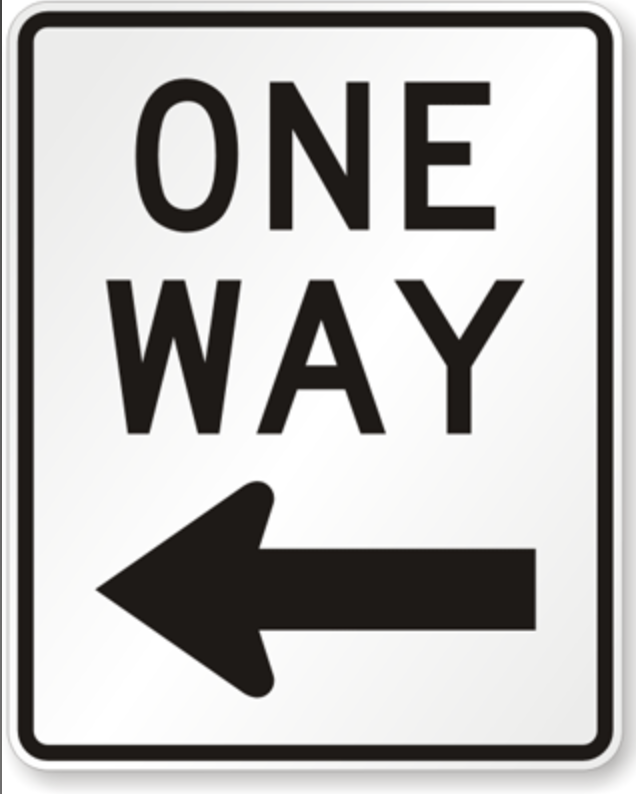“She’s right,” Keith will say to someone.
Then I’ll say (humbly teasing of course), “That’s my favorite sentence.”
Who doesn’t like to be right?
It’s so settling; so satisfying.
It’s safe. I’m right, therefore I’m all good; justified.
It used to feel almost dangerous if I wasn’t right. Like my body would get skittish, heart beat fast, hard to breathe. My mind would be a blur of worry, “how can I go on (or how can this relationship go on)?”
I learned that my need to be right, was linked to my need to be safe.
If I’m right, I’m in control, and I’m safe. Easy recipe. Although, it’s not real.
I just wasn’t taught how to see the spectrum of grey; lived in a very black and white world. I still struggle with that.
Seth Godin writes:
“The hallmark of a resilient, productive and sustainable culture is that disagreements aren’t risky.
When someone cares enough to make an assertion and show their work, a healthy society takes a look.”
Risky. That’s what disagreements used to feel like to me. I would avoid confrontation. Appease, even if I didn’t agree. Not with everyone mind you. Just the folks who had that kind of affect on my energy (like my Mom, husband - very inconvenient).
Finding my voice in risky disagreements was just as valuable as admitting when I’m wrong.
And, maybe even deeper and more nuanced than that, is realizing that many times there is no right or wrong.
We develop opinions on everything as children based on what we learn from parents, family, teachers, church, other influencers. Not all of those opinions are based on facts.
It’s been helpful for me to see the arbitrariness of right and wrong in creating music in order to have wiggle room in my personal assumptions of right and wrong.
Even in music, “what’s the right note (pitch)?” could be arbitrary. If you want to learn “Joy to the World” note by note, you can find a good guide in about every hymnal in any church. Let’s say you’ve got the right rhythms and pitches, exactly like the hymn book says, but it’s a little high, or low, and not completely comfortable to sing. Then, we’d change the key; we’re taking creative liberties. Are they no longer the right notes?
Or, take Leonard Cohen’s “Hallelujah”. Originally released by Cohen in 1984, it had little success. It found more popularity in 1991 when John Cale (who?) covered it in 1991, which inspired Jeff Buckley to record it in 1994, and that’s when the world became familiar with this classic. Go on YouTube and type in Hallelujoh. You’ll find a dozen artists covering the song with pitch and rhythm variations to “make it their own” I dare no-one would say any of them are wrong.
Wait. Someone would. My classical training instilled a sense of right and wrong in regards to music. So stiff, so strict, that it took me a long time to get to the opinion above.
The first time I heard Joni Mitchell’s “Both Sides Now” was in 2005. That’s going to be hard for some of you to believe! I was asked to sing it for a memorial service. Our beloved long term college President emeritus, Billy O Wireman had passed away and his wife Katie said he loved that song. They wanted me to sing it and Dr. Nitsch to play it. They don’t come more classically trained and brilliant than Dr. Nitsch. An extraordinary concert pianist, who around the same time, I discovered didn’t know who James Taylor was. He probably still doesn’t.
We got the sheet music and learned the song. I listened to it once. Didn’t much care for Joni’s voice, so I thought that was enough. (This is the “what’s the most unpopular opinion?” answer I would give in that game). Dr. Nitsch and I played/sang note for note what was on the page. It was fine.
A few years later when I started my training in teaching popular music styles, I cringed to think of the disservice I did to that song, and how Dr. Wireman might have been cringing right along up in heaven for how right we performed that song.
If I’m asked to sing a song today that I don’t know, I listen to the original artist a dozen times, and then I listen to cover artists if they’re available. Singing a song “right” now means something different to me. Getting it right is finding the heart of it. Certainly learning the pitches and rhythms, but maybe taking some liberties there as I find how my body and spirit connects with it.
However right I feel that I am in an argument sometimes doesn’t matter so much anymore.
How important is it that we keep arguing? How passionate am I about this subject?
How hungry am I?
How off-kilter do I feel in general?
Is holding my position a desperate need for connection. Meaning if he/they don’t agree with me, is our connection lost?
A harder adjustment to make for me has been being wrong in the studio. Teaching someone and getting corrected or challenged when I’m supposed to be the voice of authority. Ooh, it makes me feel hot in the face. My instinct is to shut down the comment immediately. Those moments have triggered some little kid embarrassing memory of being called out for doing/saying something wrong.
The need to be right as a teacher has been one of the more humbling and challenging notions to let go. I’ve learned the art of sitting with the discomfort. Sometimes my face still heats up. And, I breathe, and adjust and go on. I accept their piece, rather than push against it.
There is a lot of misinformation and myth that exist sin the ether of the universe concerning singing. So, sometimes I’m up against some factual right/wrong scenarios. My instinct is still to offer corrections.
Aaaaand… I’ve found that that doesn’t make for the most effective teaching/coaching. Being curious about their belief and trying all the ways of doing things and letting them discover things about their body and their sound really is the best teacher.
And, that’s even more challenging, because, like me, most of you want to be right too. Want to get it right, sing it right, want to be told the answer. That may be the biggest hurdle for me… I know I could give the answer, maybe even the right answer, but the learning, the knowing won’t near as effective if the client doesn’t see/feel it for themselves.
If you see me biting my lip, or fidgeting in the studio, sometimes this is what is happening.
It’s apropos that I’m writing this today, as I’m going to go into the recording studio in a couple of hours to lay down some songs with a click track. What’s that? It’s me playing my songs with a metronome (robotic) count that will show me how wrong my tempo is! It’s the track that will be given to the other instrumentalists so they know how to contribute to the song. They will need a set and steady tempo, which apparently is super hard for me. This is why so many of us hate the metronome; it’s like a constant tick tock of right right, wrong, wrong, wrong… start over. Humbling.
I know that it’s important, and it feels robotic. And, it’s just for this 3-4 minutes. I don’t have to be exact when I go back over it when the other instruments are laid down.
To be human is to be imperfect.
We are not robots.
We are followers of our heart, and sometimes it tells us we’re right even when we’re not. Or, sometimes it doesn’t matter.
There is no right. There is no wrong.
There is often more than one way. There is no spoon. 😉


